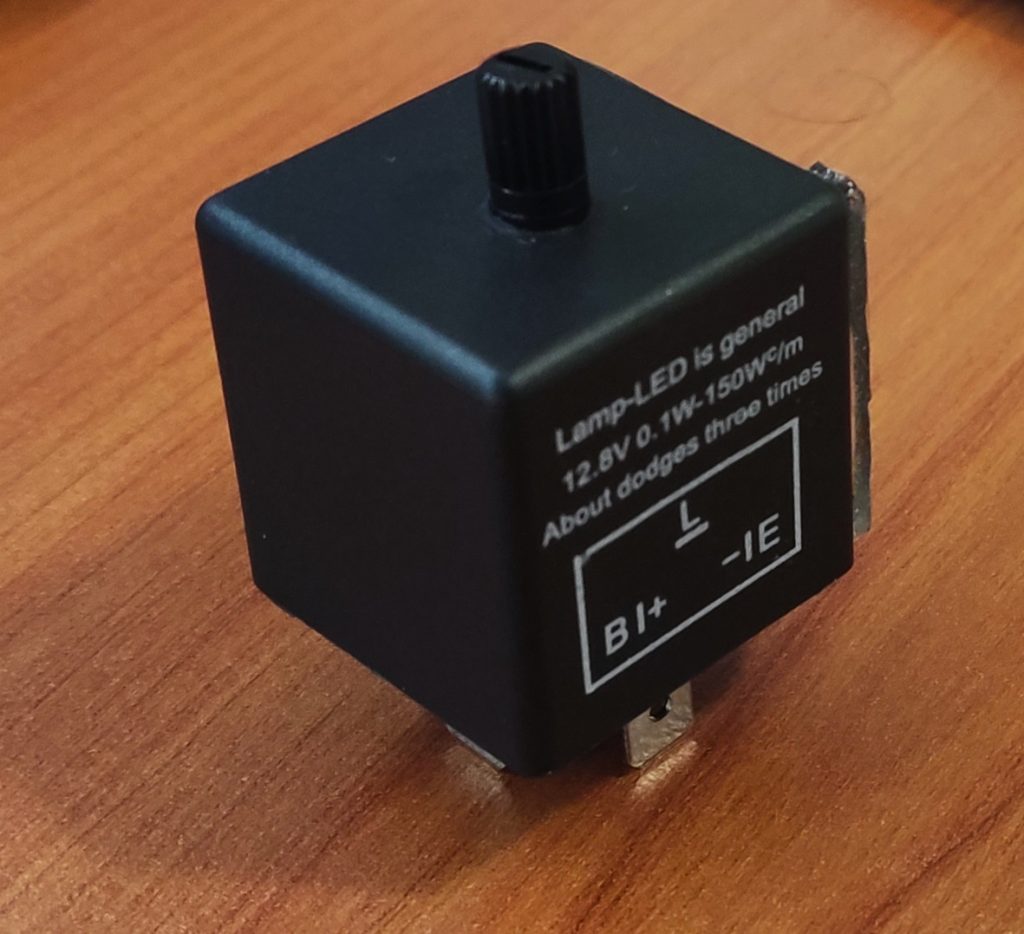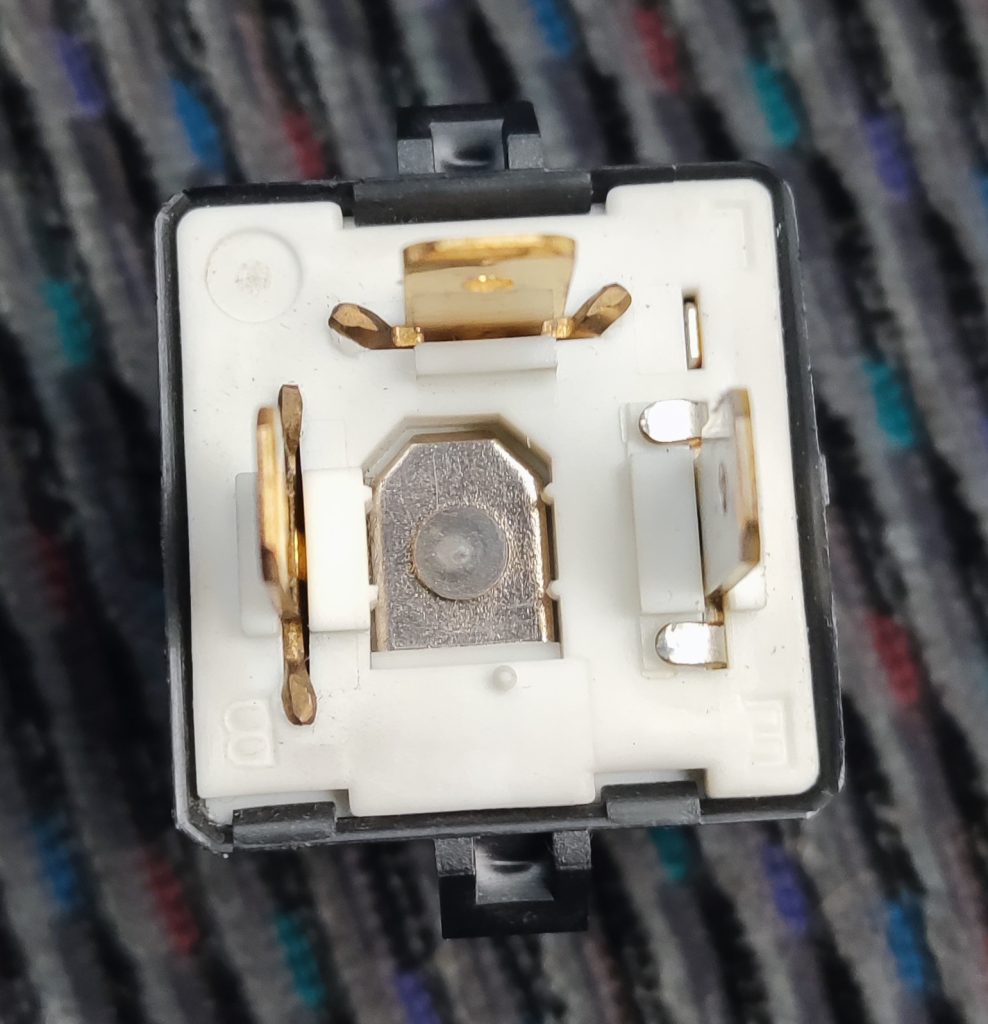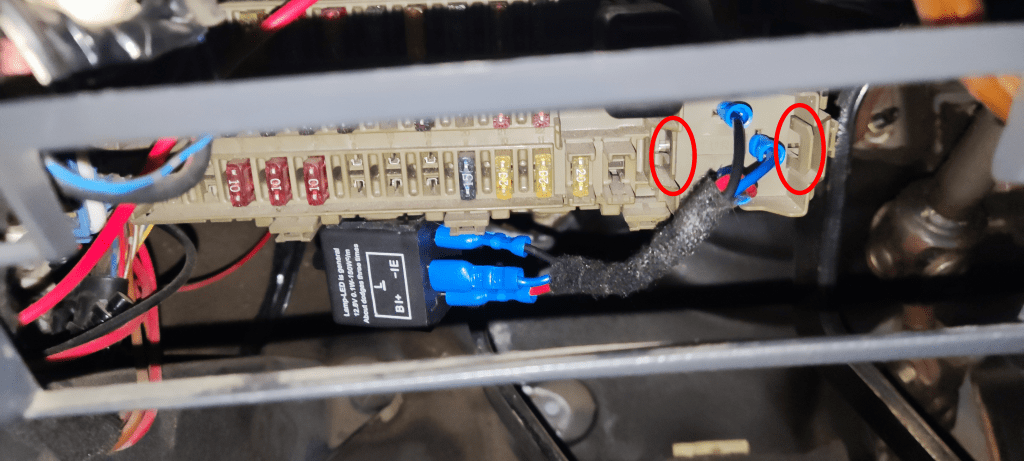EK/EJ CIVIC: Easily fixing LED hyperblink without resistors

Did you just install your new shiny LED bulbs and the turn signal started lighting up like a rave party strobe light ? Congratulations! Your car suffers from hyperblink. A common yet easily curable disease.
Why does hyperblink happen ?
Back in the day, the flasher relays that make the turn signals blink were designed with incandescent bulbs in mind. Incandescent bulbs have a much higher power consumption than LED bulbs. As a result, the relay starts clicking faster in response to that, just like it would if a bulb went out. For more information, check out this video from Technology Connections.
The solutions

There are 2 common solutions for this problem. The most common one is adding power resistors to each light to increase the consumption. Or alternatively, you can change the flasher relay to one that is designed for LED lights.
The solution I chose was changing the flasher relay. Because adding a resistor to every bulb was a lot more work, and it did not seem right. Having to solder resistors to existing wires, especially the ones that are exposed to the elements like the ones on the front, could cause problems down the line. Unfortunately, I could not find locally a relay from a known manufacturer, so I got one from AliExpress.
Changing the relay
Because this relay is adjustable, before removing the old one, record a video of the hazard lights so that you can match the frequency. That’s if they don’t also suffer from hyperflash. Removing the old flasher is quite simple, you will have to lift the small tabs on the side and wiggle it out. It’s a good idea to keep the old relay in the car, as a backup. Keep note of the pinout, in my case it was embossed at the bottom of the relay.

B – 12v
E – Ground
L – Lights


As you can see, the relay is too big to fit in the slot. So I made an “adapter harness” with spade connectors. And used double-sided tape to stick the relay below the fuse box. Another solution I considered is 3d printing an adapter to fit the old relay spot.
The result
So far, it is working great. My only complaint is that it is too quiet. Especially if your car has an aftermarket exhaust, you might not hear it. I preferred the heavier mechanical clicking of the old relay. As for the reliability of the new relay, only time will tell.